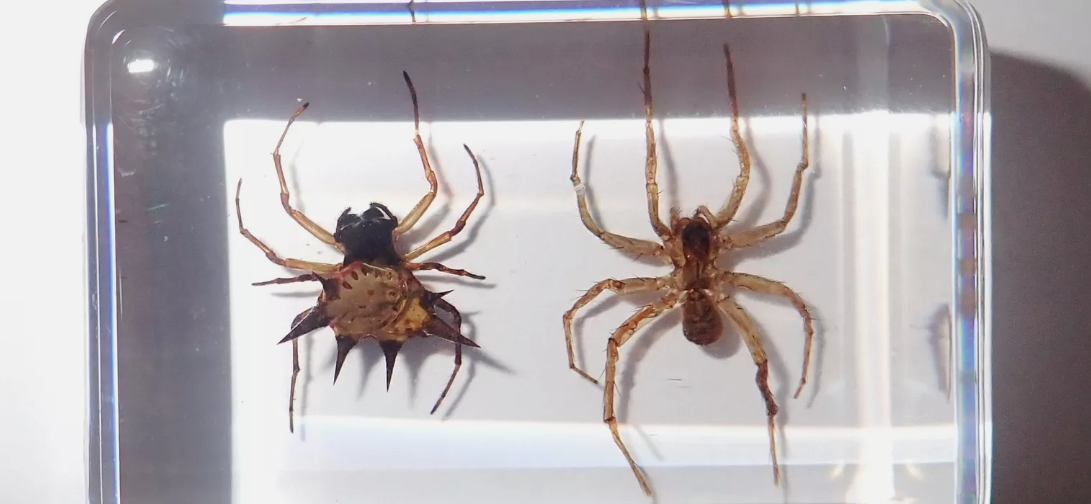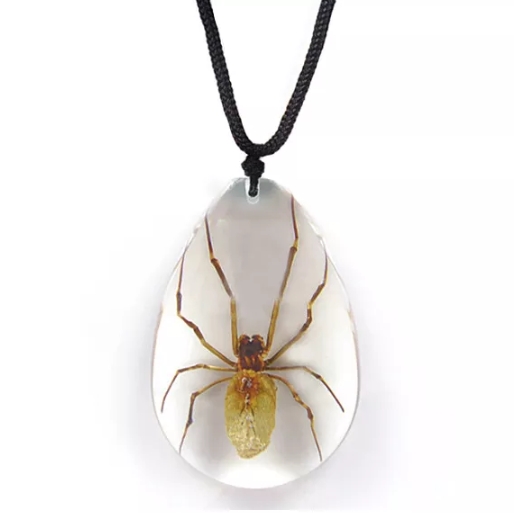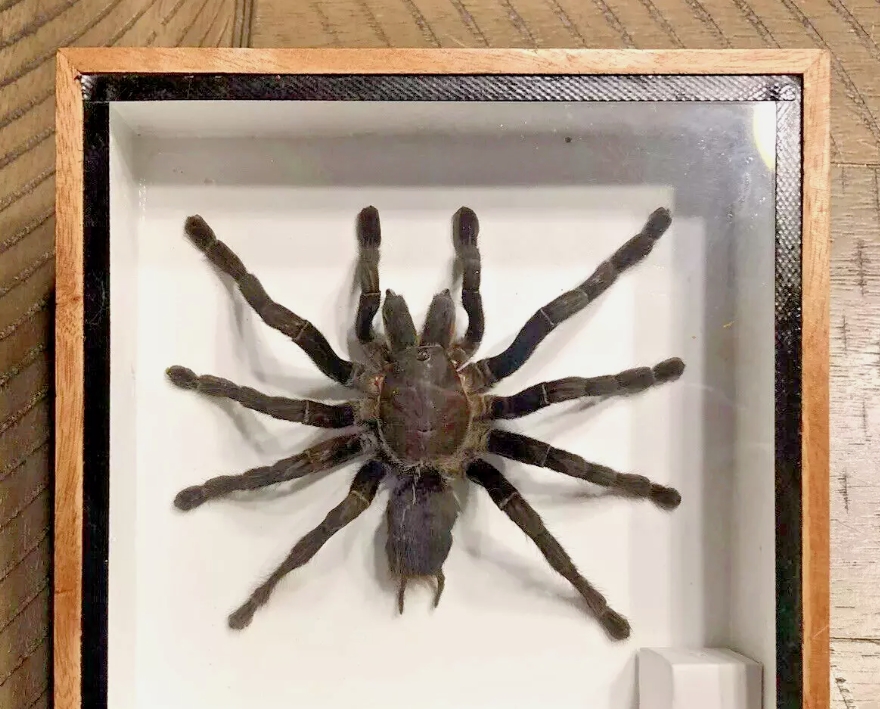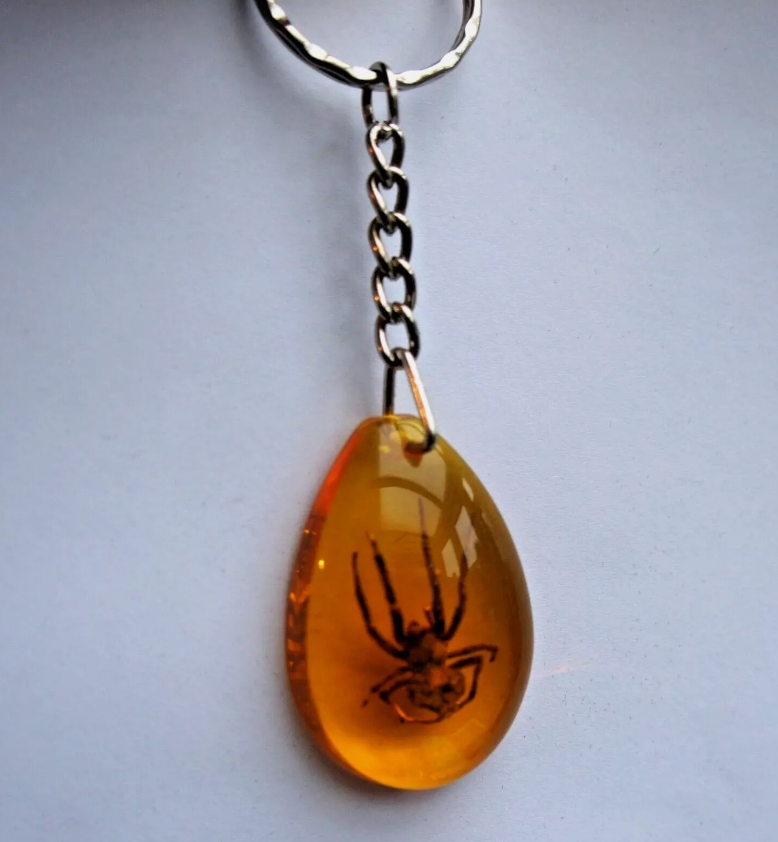As an important data for the study of biodiversity and ecosystem, spider specimens have been widely concerned by biologists and ecologists. Spiders belong to the arachnids, a phylum of arthropods, and are widely distributed in various environments. Spider taxidermy is mainly used to capture, immobilize and preserve live spiders for further morphological, ecological and behavioral analysis.
In the process of specimen preparation, it is first necessary to choose the appropriate capture method. Common catching tools include insect nets, lamp traps and sticky plates, depending on the habitat and behavioral characteristics of the target spider. After capture, the spider is usually placed in a special container to avoid damage during transportation.
Fixation is one of the key steps in taxidermy preparation. Commonly used fixatives include alcohol and formalin, which can effectively prevent the decay and deformation of specimens. At the same time, the treatment of specimens also needs to pay attention to the control of time and temperature to ensure the integrity of its morphological characteristics. After fixation, specimens need to undergo drying, splicing and other steps to facilitate subsequent display and research.
In terms of storage, spider specimens should be placed in a suitable environment to avoid high temperature, high humidity or strong light exposure to extend its preservation time. The transparent specimen box allows researchers to more easily observe the details of the specimen, and the appropriate tag provides basic information about the spider, such as the time,location and habitat type,for further study and inquiry.
In addition to morphological studies,spider specimens also occupy an important place in ecology. Through the analysis of spider specimens,it is possible to understand their role in the ecosystem, predation relationships and their response to environmental changes.




